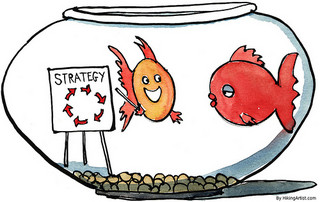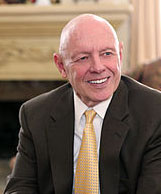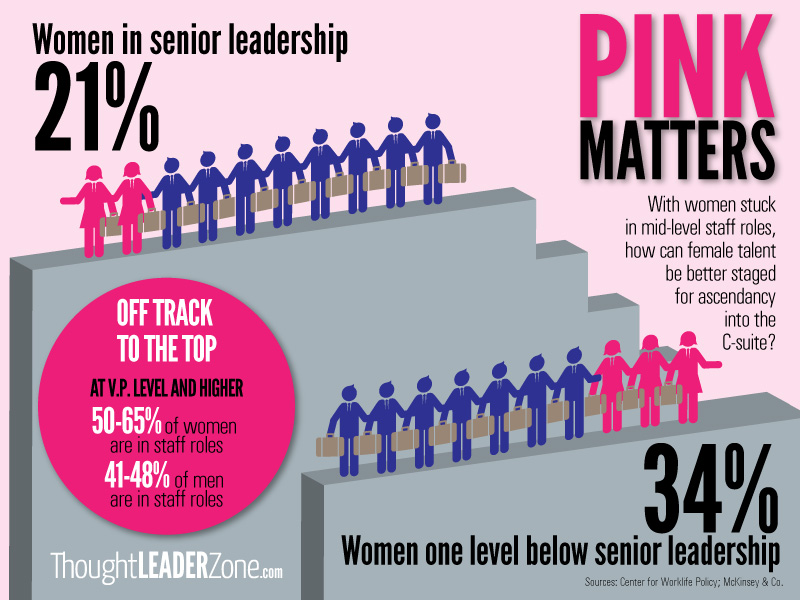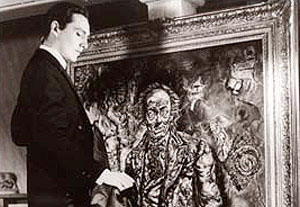
The beginnings of a legendary company: the “Storytellers” statue at Disney California Adventure Park tells millions of visitors the story of young Walt Disney’s humble arrival to California in 1923.
Photos by: Loren Javier on Flickr
Once upon a time, in the early 1990s, long before Harry Potter was even a twinkle in the mind’s eye of J.K. Rowling, there was a popular children’s fantasy film called “The Never-Ending Story.” My then pre-teen nieces were huge fans of the movie; so I took them and their mom to see the studio where the film had been made in Munich, my home at that time.
I vividly remember their bewilderment and disappointment when they found that the star of the film, a furry beast, couldn’t really fly; but that the illusion was created with special effects on a green screen. It was somewhat a “coming of age” moment when they learned that appearances are often deceiving and reality may actually be camouflaged by “smoke and mirrors.”
In my family, that chapter in my nieces’ youth is a “never-ending story,” one that is oft repeated and part of our family lore. It’s part of the rich tapestry of our shared family experiences. Now that they’ve grown up, the details of that trip have faded; but the lesson learned will be passed on to the next generation. Aunt Connie will make sure that happens.
In your ”business family,” are there stories that are often retold because they capture the so-called Zeitgeist of a particular time? As with The Walt Disney Company, do these stories demonstrate truths that your people have discovered or reflect clearly your company’s culture and spirit? Are you–or your communications teams or your company historian or archivist–recording these stories and legends for posterity? Ask, assess, then act. We’re here to help!









